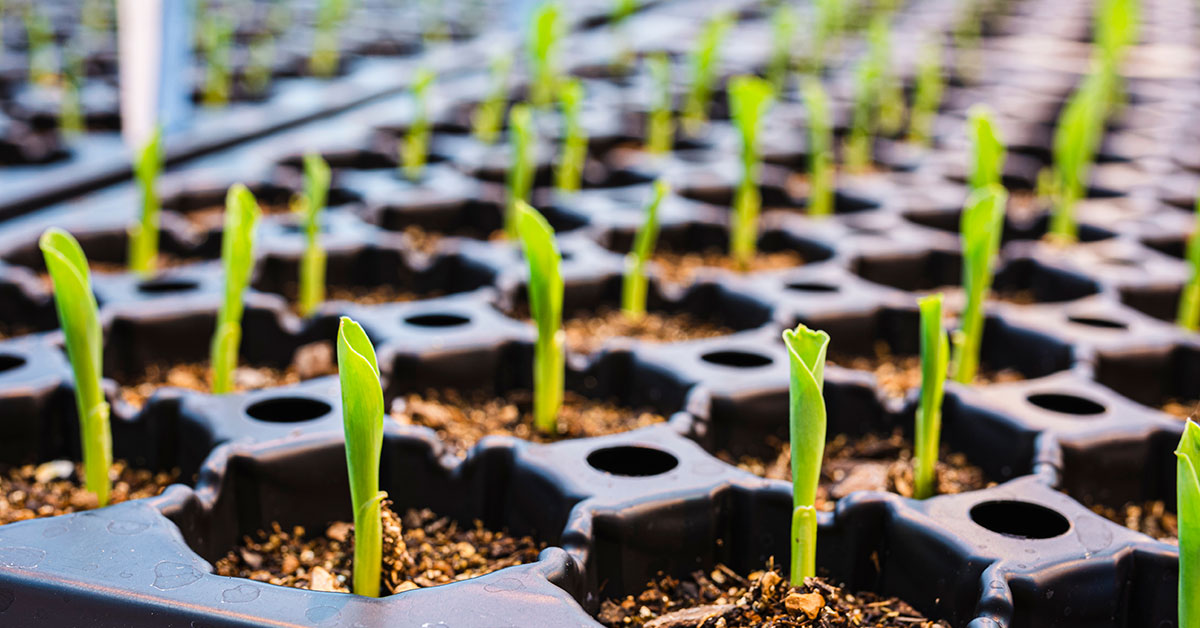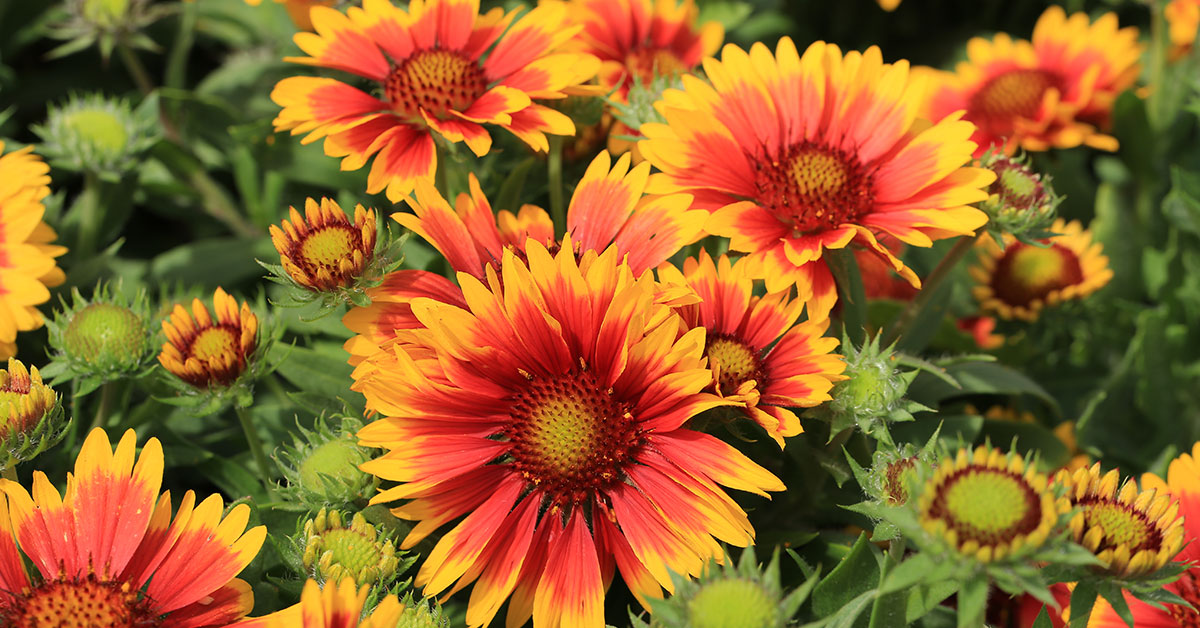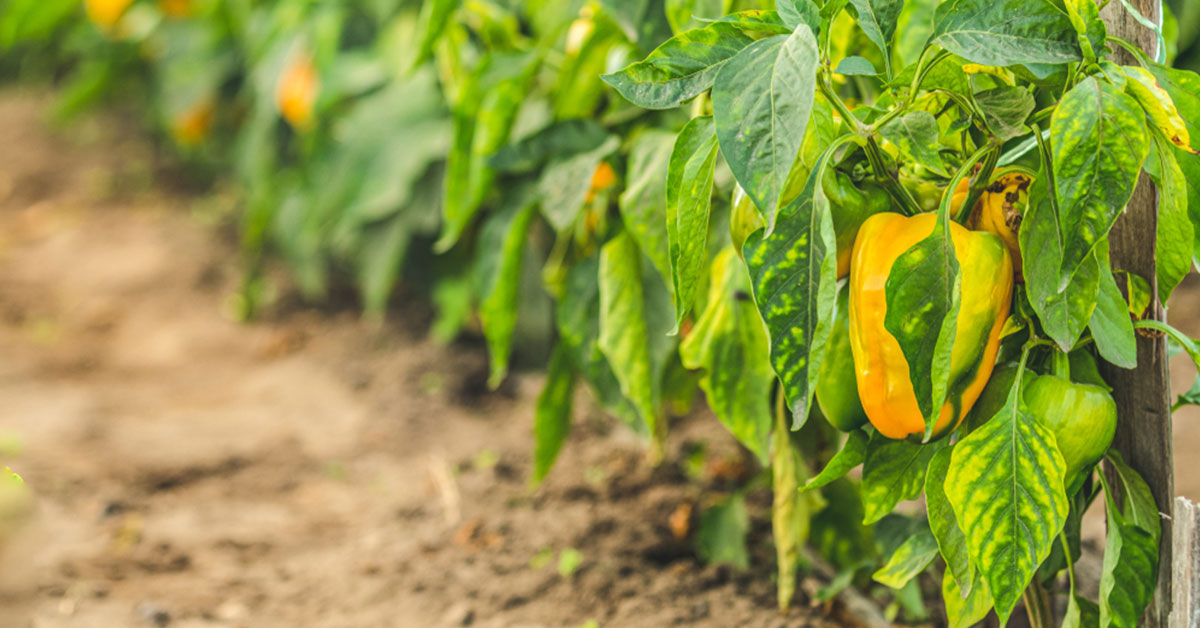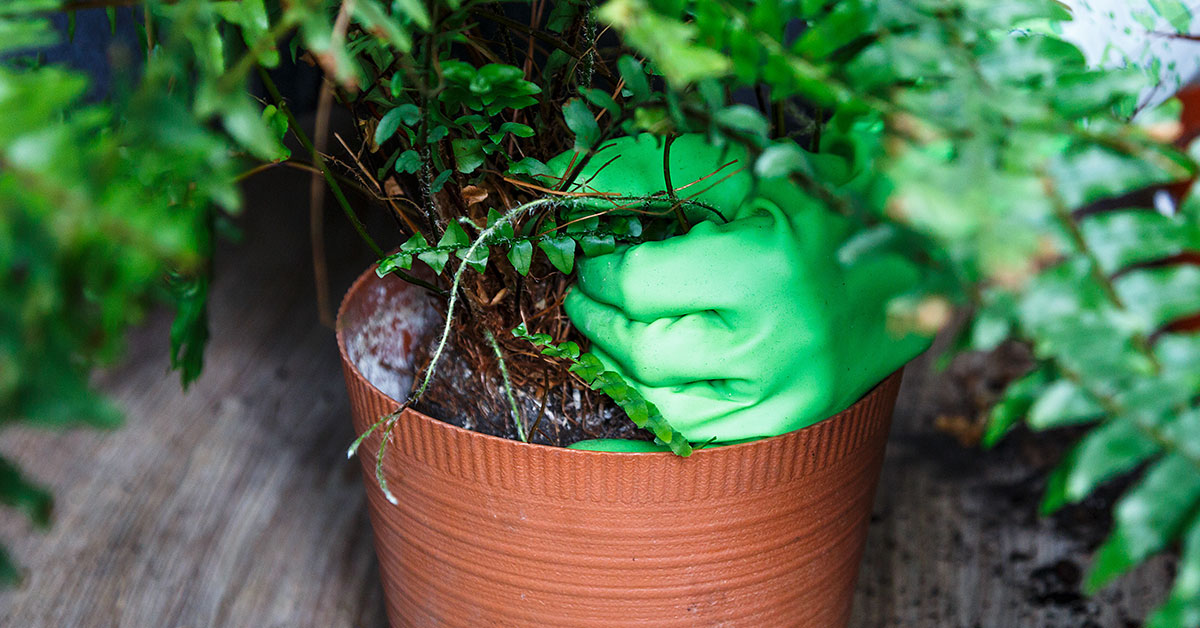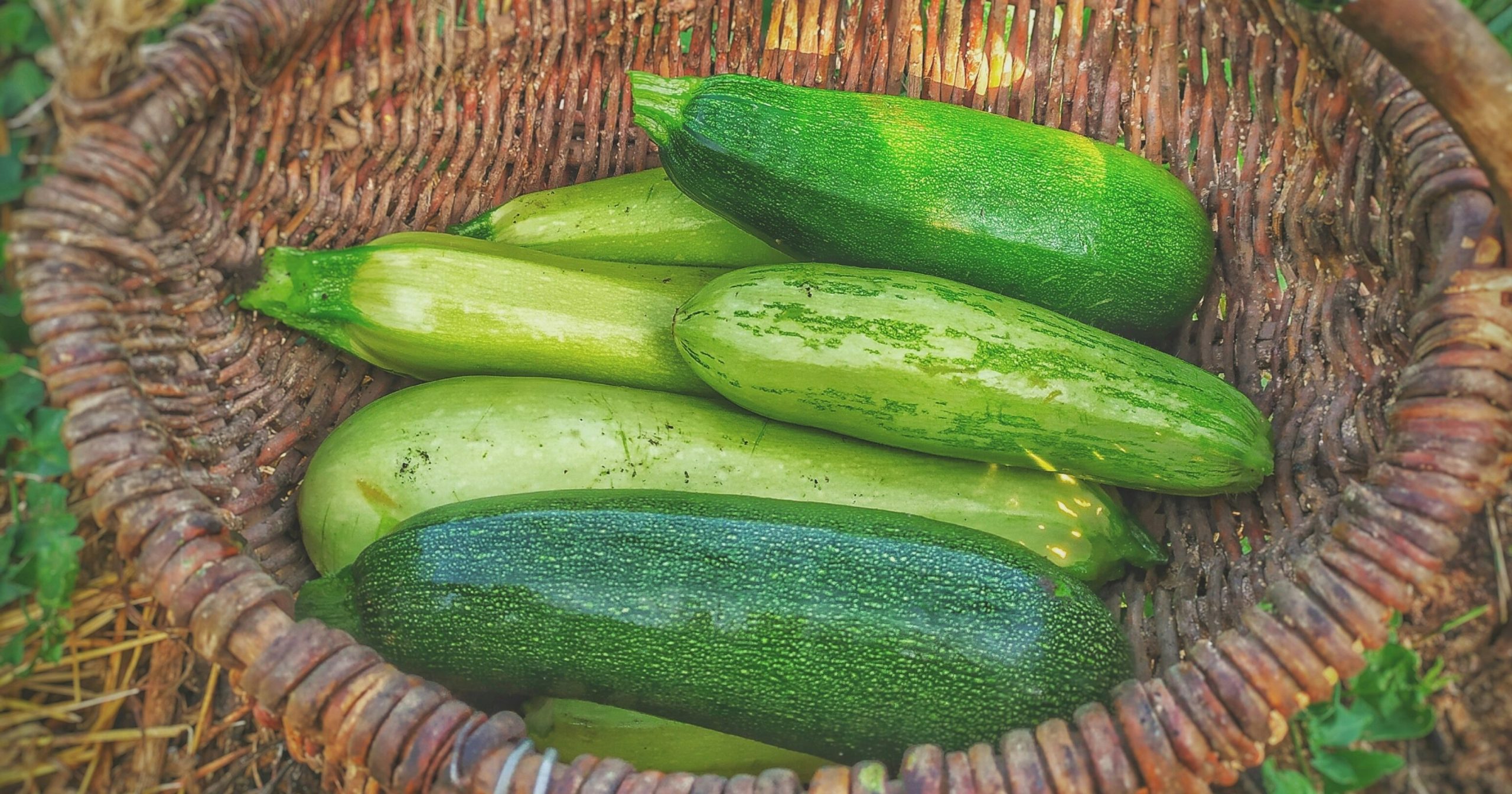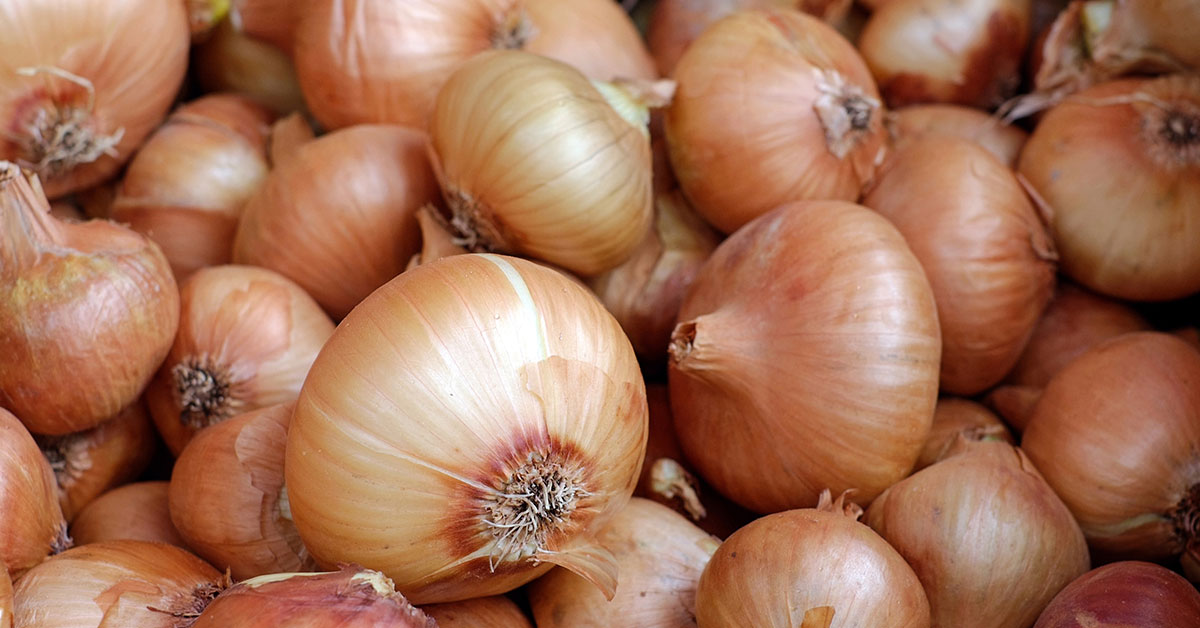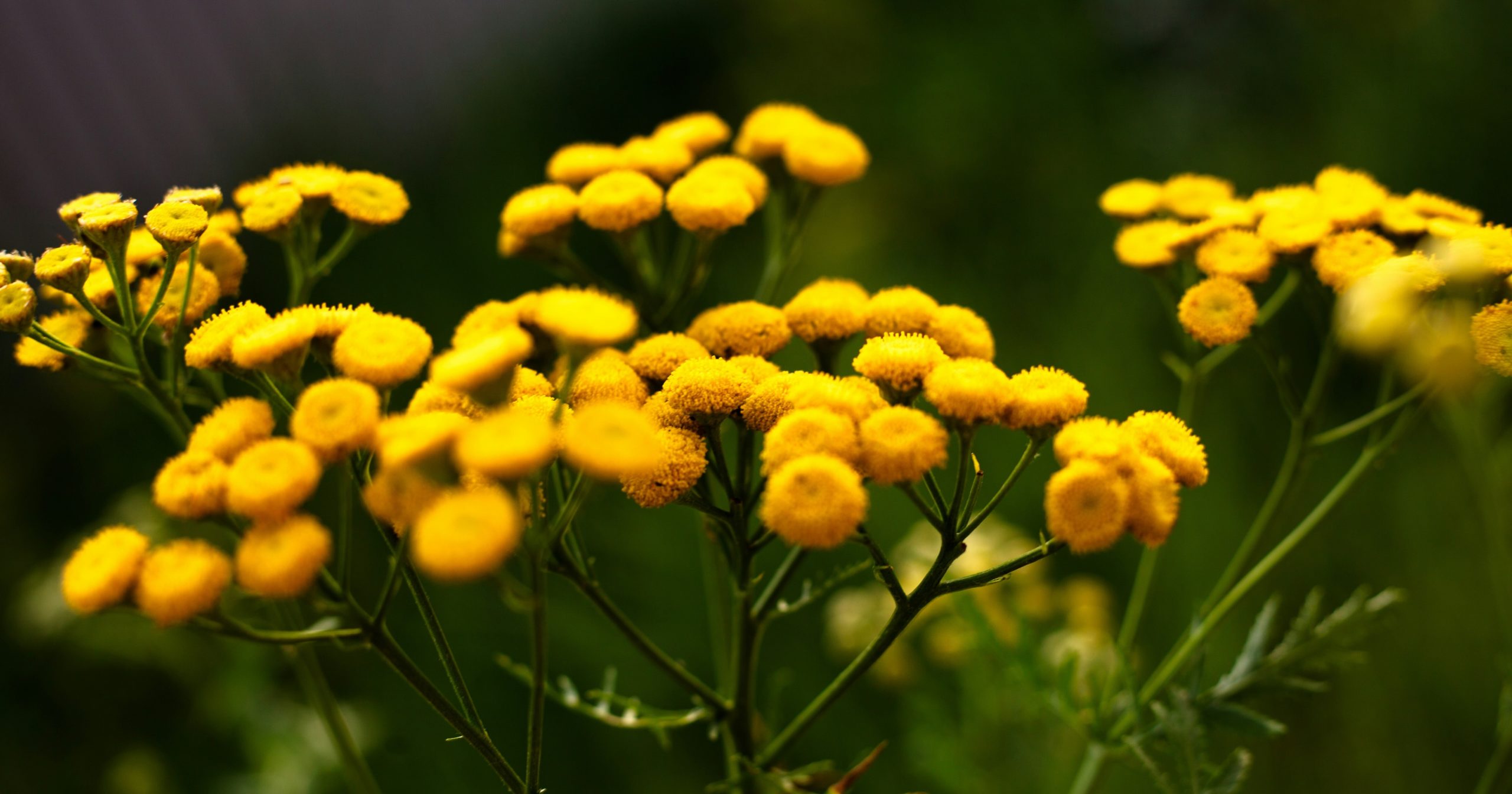Welcome to the world of gardening in Ontario! If you’re considering planting corn in Ontarion, you’ve come to the right place. Corn, also known as maize, is a staple crop that thrives in the warm summer months. However, timing is everything when it comes to planting corn to ensure a bountiful harvest.
In this article, we will explore the best time to plant corn in Ontario, taking into account the region’s climate and growing season. Whether you’re a seasoned gardener or a beginner, understanding the optimal planting time for corn will set you on the path to success and a delicious harvest. So let’s dig in and discover the ideal time to get those corn seeds in the ground!
Best corn to grow in Ontario
There are several good varieties of corn that grow well in Ontario. Here are a few recommendations:
- Silver Queen: This variety is a popular choice for its sweet, tender kernels. It matures in around 90-100 days and has excellent disease resistance.
- Bodacious: Known for its large, flavorful kernels, Bodacious is a popular choice among gardeners. It matures in approximately 75-85 days and has good disease resistance.
- Ambrosia: This variety is highly regarded for its exceptional taste and tenderness. It matures in around 75-85 days and has good disease resistance.
- Peaches and Cream: This is a bi-color variety with both yellow and white kernels. It is known for its sweet and creamy flavor. It matures in approximately 75-85 days and has good disease resistance.
- Kandy Korn: This variety is favored for its large, juicy kernels. It has excellent disease resistance and matures in around 80-90 days.
- Incredible: As the name suggests, this variety is known for its incredible flavor and sweetness. It matures in approximately 80-90 days and has good disease resistance.
It’s always a good idea to check with local nurseries or agricultural extension offices for specific recommendations based on your location and growing conditions.
When to plant Corn in Ontario
Ontario is a large province in Canada, and it has a wide range of hardiness zones due to its diverse climate. The hardiness zones in Ontario range from 5a in the northern parts to 7b in the southern regions. Let’s take a closer look at the best time to plant corn in Ontario based on these hardiness zones.
In Zone 5a, which includes areas like Thunder Bay and Sudbury, the average last frost date is around late May. It is recommended to plant corn after the last frost date, typically in early June. This gives the corn plants enough time to grow and mature before the first frost in the fall, which usually occurs in late September or early October.
Moving to Zone 6a, which covers regions like Ottawa, the average last frost date is around mid-May. Corn can be planted a week or two after the last frost date, typically in late May or early June. This allows the corn to have a longer growing season before the first frost, which usually arrives in late September or early October.
In Zone 7b, which includes areas like Toronto and Windsor, the average last frost date is in mid-April. Corn can be planted two to three weeks after the last frost date, usually in early to mid-May. The longer growing season in this zone allows for a higher chance of successful corn growth and maturation before the first frost, which typically occurs in late October.
It’s important to note that these are general guidelines, and specific microclimates within each zone can have variations in frost dates. Additionally, weather patterns can vary from year to year, so it’s always a good idea to monitor local weather forecasts and conditions before planting.
When planting corn, it’s crucial to ensure that the soil temperature has reached a minimum of 50°F (10°C) for proper germination. Corn is a warm-season crop, so it requires a soil temperature range of 55°F to 95°F (13°C to 35°C) for optimal growth. Planting too early, when the soil is still cold, can lead to poor germination and stunted growth.
In summary, the best time to plant corn in Ontario varies depending on the specific hardiness zone. Generally, corn should be planted after the last frost date, ensuring that the soil temperature has reached at least 50°F (10°C). By following these guidelines, you can maximize the chances of a successful corn harvest in your Ontario garden.
When to harvest Corn in Ontario
The optimal time to harvest corn in Ontario is typically in late summer or early fall, depending on the specific variety and planting date. Most corn varieties mature and are ready for harvest around 80 to 100 days after planting. You can determine the readiness for harvest by observing the corn kernels. When the kernels are fully developed and firm, and the husks have turned brown and dry, it is usually a good indication that the corn is ready to be harvested. Additionally, you can also check the moisture content of the kernels, which should be around 30-35% for optimal harvest.
Other considerations
When growing corn in Ontario, there are several other considerations to keep in mind. Here are a few important ones:
- Climate: Ontario experiences a range of climates, so it’s crucial to choose corn varieties suitable for the region. Take into account factors such as frost dates, temperature fluctuations, and precipitation patterns. Consider planting early maturing varieties to ensure a successful harvest before the first fall frost.
- Soil: Corn thrives in well-drained, fertile soil with a pH range between 6.0 and 6.5. Conduct a soil test to determine the nutrient levels and make necessary amendments such as adding organic matter or adjusting pH levels. Proper soil preparation, including tilling and removing weeds, is essential for healthy corn growth.
- Planting and spacing: Corn is wind-pollinated, so it is best to plant it in blocks or multiple rows rather than a single row to enhance pollination. Space the plants about 12-18 inches apart in rows that are 30-36 inches apart. Proper spacing allows each plant to receive enough sunlight, nutrients, and air circulation for optimal growth.
- Fertilization: Corn is a heavy feeder and requires an adequate supply of nutrients for optimal growth. Before planting, incorporate well-balanced organic or slow-release fertilizer into the soil. Side-dress the corn with nitrogen-rich fertilizer once or twice during the growing season to ensure vigorous growth and high yields.
- Watering: Corn requires consistent moisture throughout its growth cycle, particularly during the tasseling and pollination stages. Adequate irrigation is crucial for proper kernel development. Provide approximately 1-1.5 inches of water per week, either through rainfall or supplemental watering. Avoid over-watering, as it can lead to diseases and nutrient leaching.
- Pest and disease management: Monitor your corn plants regularly for signs of pests or diseases such as corn rootworm, European corn borer, and common rust. Implement preventive measures like crop rotation, using resistant varieties, and practicing good garden hygiene to minimize the chances of infestation. If necessary, apply organic or chemical insecticides or fungicides following the recommended instructions.
- Harvesting: Corn is ready for harvest when the kernels are plump, fully formed, and milky in appearance. The ideal harvesting time varies depending on the corn variety and purpose (fresh eating, canning, or drying). Generally, corn is harvested when the husks have turned brown and the silks have dried up. Harvest promptly, as the quality of corn deteriorates rapidly after maturity.
Remember to follow the specific recommendations provided by seed suppliers or agricultural extension services for the best results in growing corn in Ontario.
